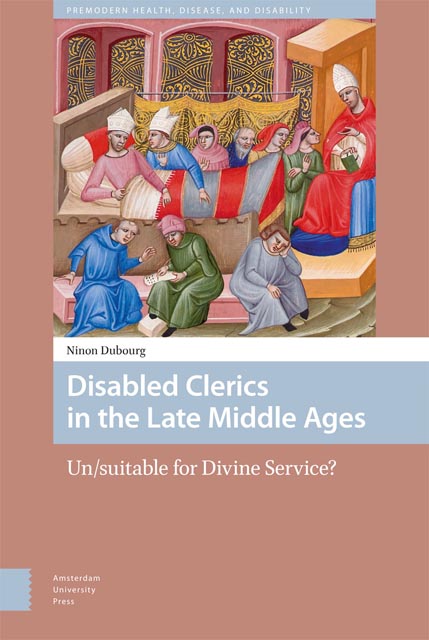Book contents
Introduction: A Formal Dialogue
Published online by Cambridge University Press: 18 October 2023
Summary
Abstract
The introduction presents the main historical context to the study at hand, with an in-depth focus on the corpus: the petitions sent to the popes and the letters written in answer by the Papal Chancery. It investigates the identity of the petitioners, alongside procedures and regulations relating to the written documents themselves. Most writers were members of the Italian and French high clergy, though individuals from all levels of the Church are represented in the petitions. The correspondence between such clerics and the Papal Chancery depended upon established writing and regulatory processes, both in terms of the rules put in place by the Chancery to guarantee its intervention and the mechanisms available to supplicants for reporting their impairments and making an effective case for dispensations.
Keywords: Petition; Papal Letters; Experiences; Methodology; Discourses
And if thy right hand offend thee, cut it off, and
cast it from thee: for it is profitable for thee
that one of thy members should perish, and not
that thy whole body should be cast into hell.
– Matt. 5:30 KJVUsing this sentence, Pope Leo found much-needed biblical justification for an act that appeared senseless to all those around him. Shortly after his election to the papacy, Leo had encountered a beautiful woman who, with due reverence, kissed his hand chastely. This unleashed within Leo, as legend has it, a fleshly temptation so powerful that he had only one option to staunch its fire: to cut off his hand, as prescribed in Matthew 5.30. Whilst this may have resolved the new Pope's internal spiritual struggles, it generated another set of problems entirely, even threatening his position as leader of the Church. Following canonical regulations on clerical impairment, his distal forearm amputation rendered him ineligible to perform Mass. The clergy openly voiced their dissatisfaction with a pontiff who could not fulfil one of the most basic, one of the most important, clerical tasks. Their disparaging sentiments were shared by the Roman laity, who threatened a revolt against Leo's religious authority. And so, Leo turned to another beautiful woman to resolve his situation: he entrusted his misfortunes to the Virgin Mary and prayed to her for a miraculous remedy. She dutifully appeared to him in a vision, restored his hand and explicitly authorized him to celebrate Mass.
- Type
- Chapter
- Information
- Disabled Clerics in the Late Middle AgesUn/suitable for Divine Service?, pp. 11 - 58Publisher: Amsterdam University PressPrint publication year: 2023



